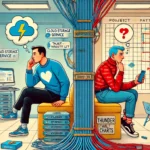While AI tools have been in development for decades, their practical applications have been limited due to the complexity and cost of deployment.
But in early 2023, all that changed with the launch of ChatGPT, and the fast-following release of Google Bard. These pre-trained Large Language Models (LLMs) with the ability to generate new content are pre-trained and easy to deploy.
This has changed the entire opportunity space for using AI Chatbots.
In this post, we’ll explore the practical B2B use cases for AI chat interfaces that organisations can apply right now to improve customer experience.
What are AI Chatbots?
AI Chatbots are automated conversational agents powered by Artificial Intelligence (AI) technologies, capable of simulating human-like interactions with users. They can be integrated into websites, applications, and messaging platforms to provide instant responses, guide users, and even perform various automated tasks.
These AI Chat tools are fundamentally different from Search tools. LLMs have been trained on, and understand language.
Search looks for word similarities and can perform some word substitution, e.g.
For example, if I search for “software support contract”, Google will include “software support agreements” in its identification of EXISTING content.
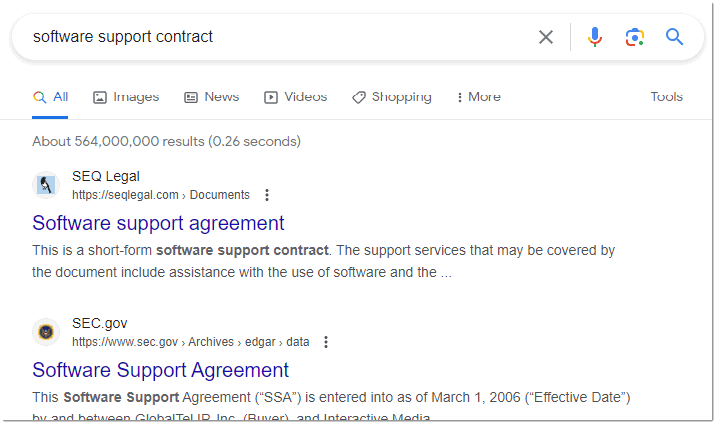
However, LLMs are not only able to perform this word substitution but also understand the context of the words and generate new content based on all the other agreements that have been included in its training set.
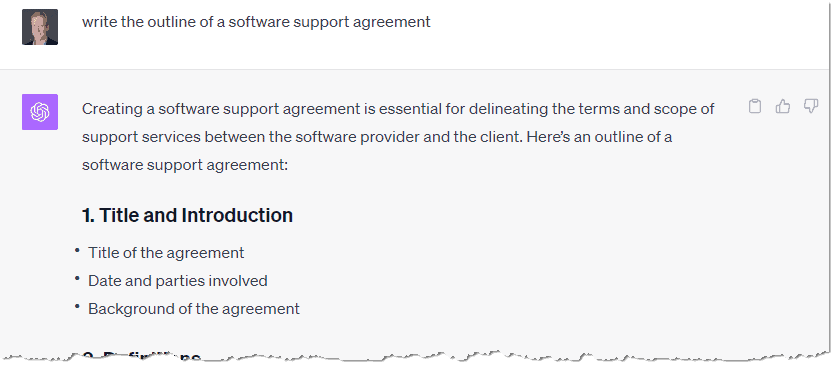
Leaving Behind Pre-scripted Responses
The journey of chatbots started with simple scripted bots that could only respond to specific predefined queries.
Deployment of these technologies is painful and slow. Every question must be identified and a response written to match. Flow charting of questions and answers, testing, etc., makes these systems slow and expensive to deploy. Maintenance is also expensive as any change to documents or processes must be hand encoded into the system.
In contrast, machine learning and natural language processing (NLP) technologies mean modern chatbots have evolved to understand and respond to a wide range of user inputs with human-like understanding. Training, and re-training, can also be fully automated.
It is the ability to understand context and generate entirely new content that does away with the need to explicitly identify and code every possible question.
Modern AI chat tools understand the question, the context, and content. They then create answers on the fly to questions that may never have even been considered by their designers.
Limitations of AI Chat
The principal current limitation of AI chat is that the tools (ChatGPT, Bard, etc.) do not have access to recent information or the sheer volume of information available in search tools like Bing and Google.
For instance, ChatGPT’s last training data is from January 2022, so any website changes or new data after that won’t be in its dataset.
Even if it were updated today it cannot, however, match Search data volumes. As a comparison, Google’s dataset is exabytes in size while ChatGPT’s dataset is hundreds of gigabytes in size.
To put this in perspective, if a book equaled 1 gigabyte, an exabyte would be about a million libraries.
In practice, this can be overcome with automated training on specific data sets: websites, documents, etc.
AI Chatbot Use Cases in B2B
Intuitive Interfaces to Complex Documents
Putting a custom AI chatbot interface on complex and large document sets makes it possible for novice, or even advanced, users to quickly and easily navigate the information.
Applications include:
- Contract Management: Managing and navigating through numerous contractual documents.
- Compliance Monitoring: Ensuring adherence to various regulatory documents.
- Knowledge Management: Handling vast amounts of internal documentation.
- Project Management: Dealing with extensive project planning and documentation.
- Supply Chain Coordination: Managing documents related to supplier agreements, logistics, and procurement.
- Quality Assurance: Documenting processes, methodologies, and audits for quality control.
- Technical Support: Maintaining comprehensive documentation for troubleshooting and support.
Instead of searching hopefully through software support documents for keywords, e.g., “API” and getting a page of potentially less helpful links to be investigated.
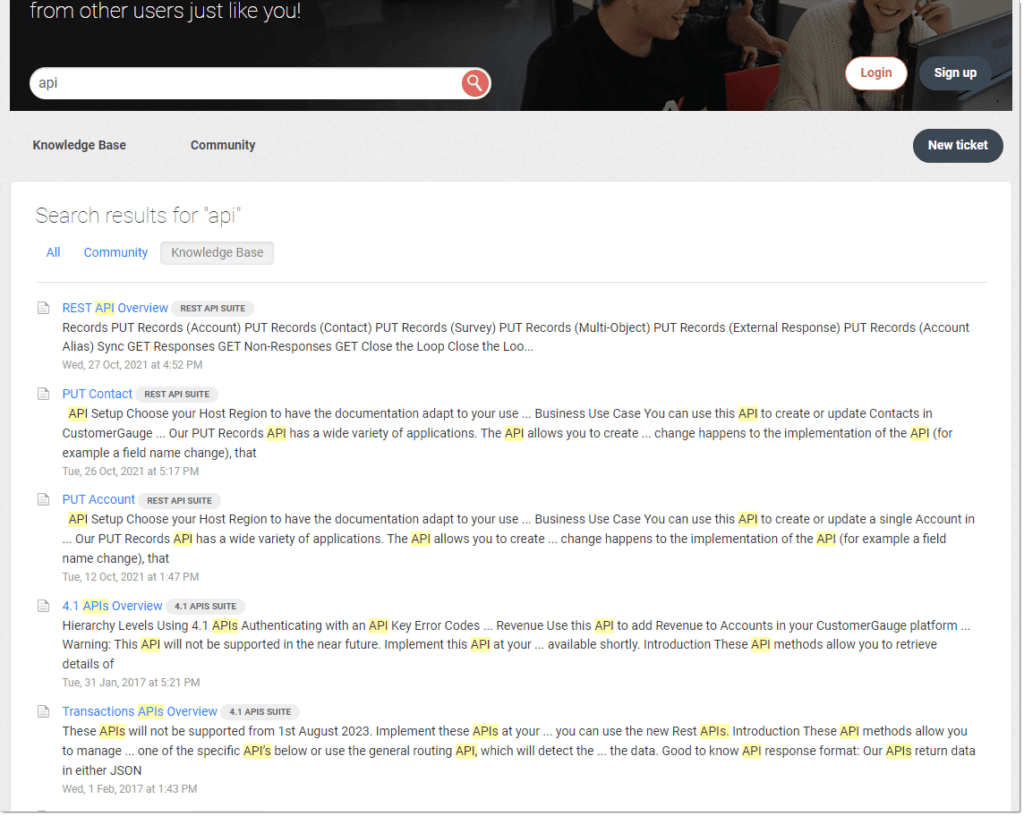
With AI chatbots you simply ask for instructions and you will be provided with detailed instructions on how to achieve the outcome.
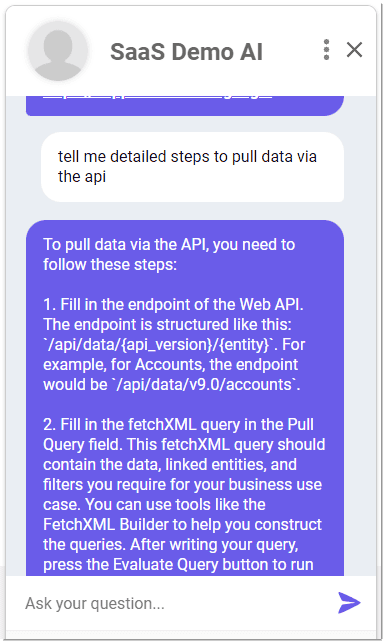
Accurate and Inexpensive First Level Support
Replacing pre-scripted support chats is just the first element of support chat improvement.
Where AI Chat solutions can access a user’s previous interactions or issues, think all of their closed tickets or maybe even all of the tickets raised by users of their system, it can include this in the context for the response.
Now the customer is chatting with a support system that never forgets the problems they’ve had in the past, which version system they are using and more.
Seamless integration with Customer Relationship Management (CRM) systems and other customer service technologies allows for a unified platform where chatbots can access customer data, history, and preferences stored in the CRM.
With this information, they can provide more personalized and informed responses. Additionally, chatbots can update the CRM with new data collected during interactions, ensuring that the customer’s record is always up-to-date and available for other customer service channels.
Advanced Lead Qualification
AI chatbots can automate the lead qualification process, ensuring that only high-quality leads are passed onto the sales team. They can also provide personalized product recommendations based on a customer’s past purchases and business requirements.
But remember this is through an unscripted interface that doesn’t have the problems of a stilted, fixed question/response interface, that never seems to quite have the relevant information.
Through personalized interactions, AI chatbots not only enhance the customer experience but also contribute to better customer relationship management and potentially higher sales conversions.
AI Chatbot Benefits in B2B
The benefits of these technologies vary from business to business but when looking at rolling them out consider including the following in your business case.
Improved Service Efficiency
By offloading routine queries to chatbots, human customer service agents can focus on more complex issues, improving overall service efficiency.
Consistent Customer Experience
Integrated systems ensure consistency in customer experience across various touchpoints, providing a unified service regardless of the channel used.
Improved Customer Satisfaction
Faster responses and personalized interactions lead to higher customer satisfaction scores.
Increased Operational Efficiency
Automation of routine tasks enables better utilization of human resources and streamlined operations.
Higher Sales Conversions
Personalized recommendations and support contribute to higher sales conversions and increased revenue.


